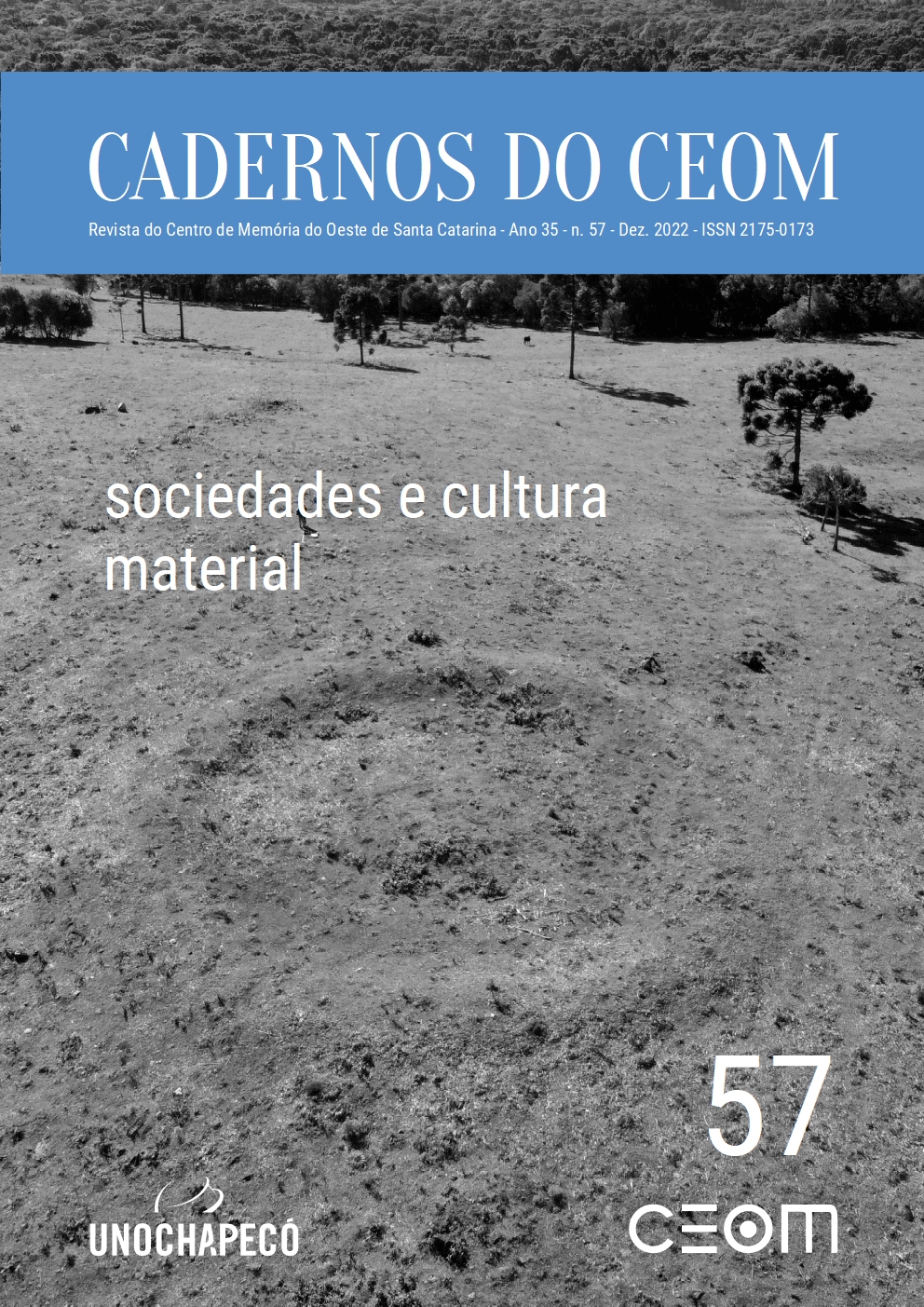The cattle-ranching economy in the Bolivian Chaco during the 1800s
DOI:
https://doi.org/10.22562/2022.57.09Palabras clave:
Bolivian Chaco, Settlers, Ranching economyResumen
The Bolivian Chaco on the margins of Pilcomayo River was a contested area during the 1800s. Tobas and other Indigenous Peoples boldly resisted the state’s occupation of their territories, keeping the frontier unstable for decades. I argue that Bolivian settlers gradually occupied the pastures along the river using violence, encouraged by state policies, and supported by army officers stationed in forts. Local merchants, Franciscan missionaries, and Avá-Guaraní neófitos played important roles in this process. I sought to better understand the viewpoints of state administrators and settlers. The views of Toba people remained opaque, beyond their actions to protect their lands from the ranchers’ encroachment. My approach combined ethnographic and historical methods to shed light on the expansion of the cattle-ranching economy from a perspective inspired in settler colonial studies.
Descargas
Descargas
Publicado
Número
Sección
Licencia

Esta obra está bajo una licencia internacional Creative Commons Atribución-NoComercial 4.0.
Estou ciente de que, em sendo aprovado, a publicação do artigo será no formato on-line no Portal de Periódicos da Unochapecó.
Os autores detém os direitos autorais sem restrições, devendo informar, em nota, a publicação inicial nesta revista, em caso de nova publicação de algum trabalho.











